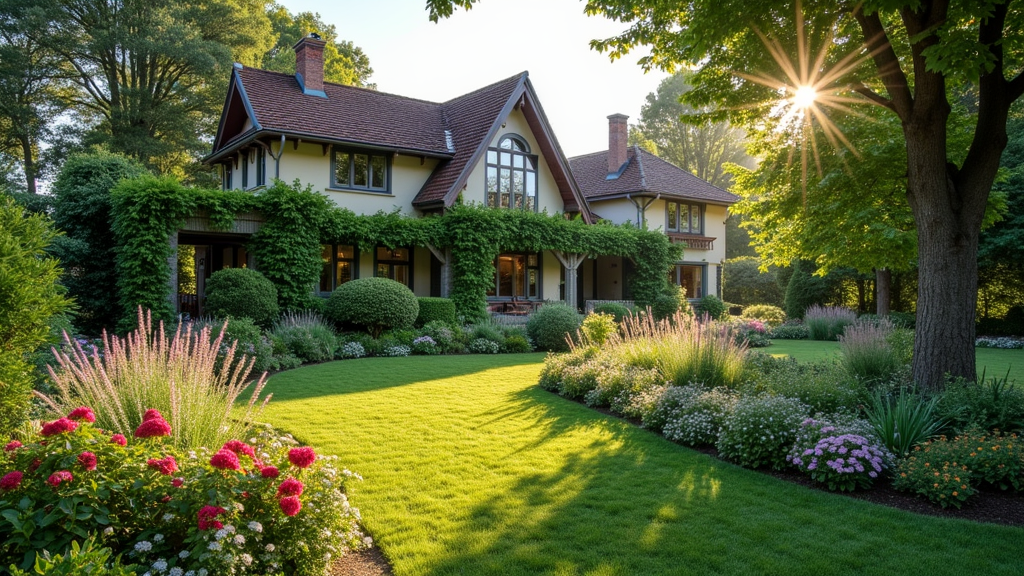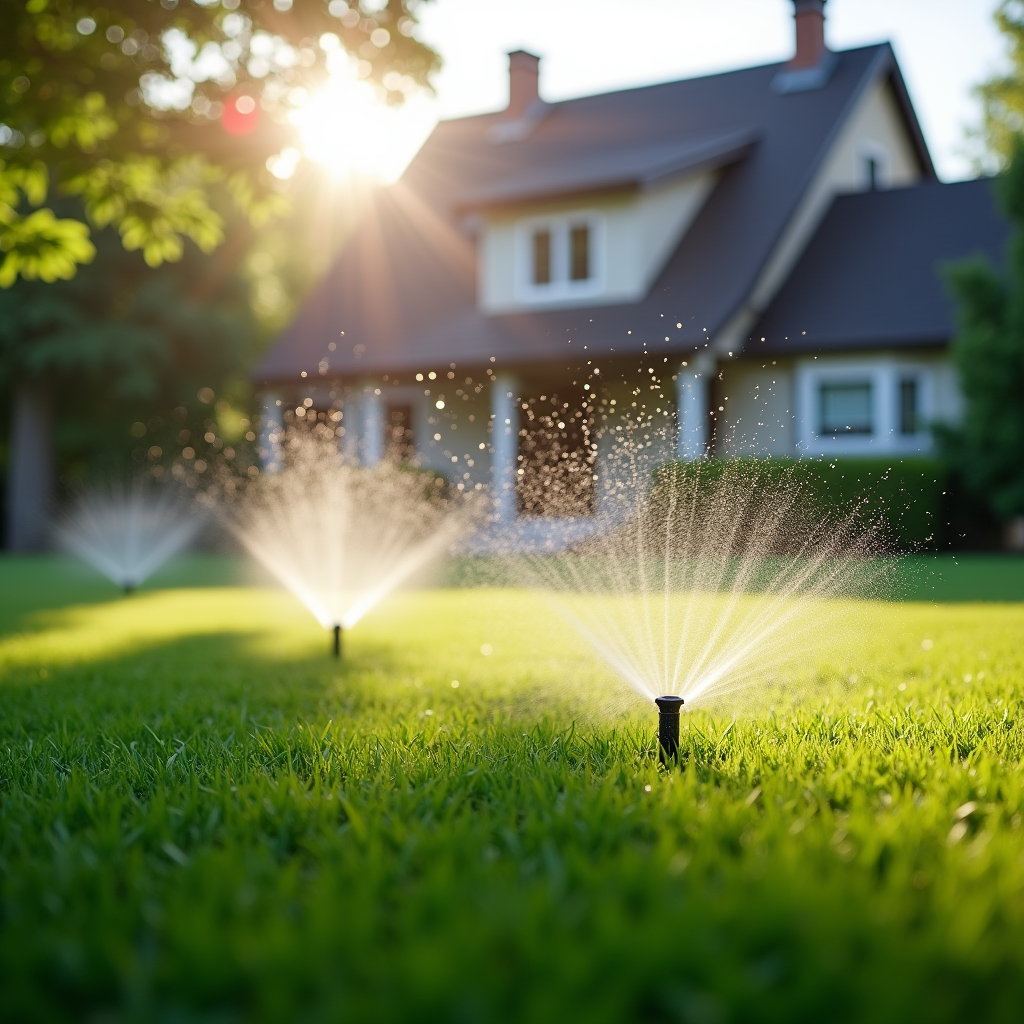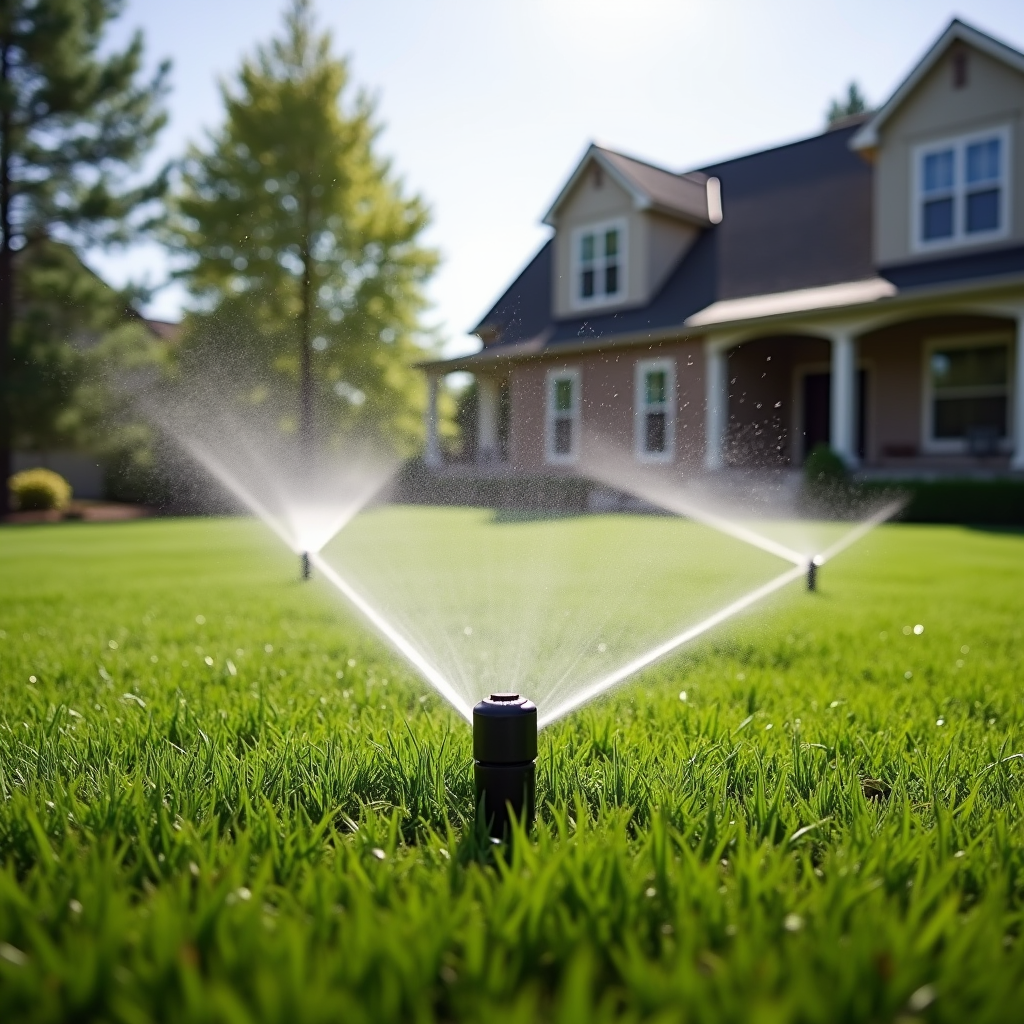Introduction
In a world increasingly characterized by climate change, loss of biodiversity, and urbanization, the importance of sustainable practices in gardening and landscaping cannot be overstated. One of the most effective ways to tackle these challenges is through native plant gardening. This approach not only fosters resilience in local ecosystems but also enhances the beauty and functionality of landscapes. In this exploration of Building Resilience through Native Plant Gardening, we'll delve into various aspects of this practice, from its ecological benefits to practical tips for implementation, all while focusing on landscape design, particularly in regions like North Carolina.
Understanding Native Plants
What Are Native Plants?
Native plants are species that have evolved in a particular region over thousands or even millions of years. They are adapted to the local climate, soils, and wildlife. Because they have co-evolved with local fauna, native plants tend to support more robust ecosystems compared to non-native species.

Why Choose Native Plants?
Biodiversity: Native plants enhance biodiversity by attracting a variety of pollinators and wildlife. Low Maintenance: They're generally easier to care for because they’re suited to their environment. Water Conservation: Native plants often require less water once established, making them ideal for sustainable landscaping. Soil Health: Their root systems help prevent erosion and improve soil health.The Role of Native Plants in Landscape Design
Integrating Native Plants into Landscape Design
When it comes to landscape design, incorporating native plants can create stunning visual appeal while fostering ecological balance. Here’s how to effectively integrate them:
- Layering: Use a mix of trees, shrubs, and ground covers for visual interest. Color Schemes: Choose plants that bloom at different times to ensure year-round color. Natural Patterns: Mimic natural landscapes rather than rigid geometric designs.
Landscape Design North Carolina
North Carolina is home to an array of native plants perfectly suited for diverse habitats—from coastal plains to mountainous areas. Understanding local flora can empower gardeners and landscapers alike:
| Region | Common Native Plants | Ideal Uses | |------------------|-------------------------------------|--------------------------------| | Coastal Plains | Sea Oats, Beach Strawberry | Dune stabilization | | Piedmont | Red Maple, Eastern Red Cedar | Shade gardens | | Mountains | Catawba Rhododendron | Wildlife gardens |
Building Resilience through Native Plant Gardening
Gardening with native plants contributes significantly to environmental resilience. By choosing species that can withstand local climatic stresses—like droughts or heavy rainfall—gardeners can create landscapes that thrive without excessive intervention.
Environmental Benefits
Erosion Control: The deep root systems of many native plants stabilize soil and reduce erosion. Carbon Sequestration: Trees capture carbon dioxide from the atmosphere, helping mitigate climate change. Stormwater Management: Native plant gardens absorb rainwater effectively, reducing runoff and flooding risks.Economic Advantages
Investing in native plant gardening isn't http://daltoneuvp925.huicopper.com/greensboro-s-best-landscaping-plants-for-year-round-color just good for the environment; it's also economically wise:
- Reduced maintenance costs due to lower watering needs. Less need for chemical fertilizers and pesticides.
Creating Your Own Native Plant Garden
Planning Your Space
Before diving into planting, take time to plan your garden:
Assess sunlight availability (full sun vs shade). Evaluate soil conditions (sandy vs clay). Identify existing plants and wildlife.Selecting Plants
Choose a variety of native species suited for your area:
- For sunny spots: Black-eyed Susan (Rudbeckia hirta) For shady areas: Wild Ginger (Asarum canadense)
Designing for Wildlife
To attract pollinators like bees and butterflies:
- Include flowering perennials such as Coneflower (Echinacea purpurea). Provide nesting sites with brush piles or birdhouses.
Maintenance Tips for Your Native Plant Garden
Watering Practices
While established native plants typically require less water than non-native varieties, young seedlings may need regular watering until they're rooted firmly.
Weeding Strategies
Native gardens can still face weed competition:
- Regularly inspect your garden during growing seasons. Use mulch around new plantings to suppress weeds naturally.
Pest Management
Encourage beneficial insects:
- Avoid using harmful pesticides; instead opt for organic solutions when necessary.
Case Studies on Successful Native Plant Gardens
The Meadow Project in North Carolina
A community effort transformed a neglected lot into a vibrant meadow filled with wildflowers and grasses—demonstrating how native plant gardening can rejuvenate urban spaces.
Key Takeaways
Community involvement is crucial. Education about local flora enhances participation.The Pollinator Pathway Initiative
This initiative encourages homeowners across North America to plant pollinator-friendly gardens using natives—a testament to the collective power of individual efforts toward sustainability.
Challenges in Adopting Native Plant Gardening
Misconceptions About Native Plants
Some believe that native plants are less attractive than ornamental varieties; however, many natives offer striking blooms and diverse textures!
Initial Cost Considerations
While initial investments might seem high due to sourcing specialty varieties or professional landscape design services focused on natives, long-term savings on maintenance can outweigh these costs significantly.
Frequently Asked Questions
1. What are some easy-to-grow native plants?
Many beginners find success with Echinacea (Coneflower), Rudbeckia (Black-eyed Susan), and Asclepias (Milkweed).
2. How do I know which plants are native to my area?
Check resources like local extension services or botanical gardens that provide lists tailored specifically for regions such as North Carolina.
3. Can I mix non-native plants with natives?
While it’s possible, be cautious as some non-native species can become invasive and outcompete beneficial natives.
4. What’s the best time to start planting?
Spring or fall are ideal times since temperatures are milder then; this allows roots time to establish before extreme weather sets in.
5. How do I maintain my native garden throughout the seasons?
Regularly check your garden during active growth periods; adjust watering schedules based on seasonal rainfall patterns while being mindful not overwater established natives!
6. Can I create a small native garden in an urban setting?
Absolutely! Even containers filled with vibrant natives can beautify patio spaces while supporting local ecology!
Conclusion
In summary, engaging with nature through Building Resilience through Native Plant Gardening provides myriad benefits—not just for our backyards but also our broader ecosystems! The allure lies not only within aesthetic appeal but also within essential environmental advantages that promote sustainability amidst climate challenges faced today! So dig in—get your hands dirty—and let’s cultivate a greener future together!

With thoughtful planning and commitment towards adopting more sustainable practices within our landscape designs here in North Carolina—or wherever you may reside—you'll contribute positively towards nurturing both personal spaces AND those shared by communities at large! 🌱
